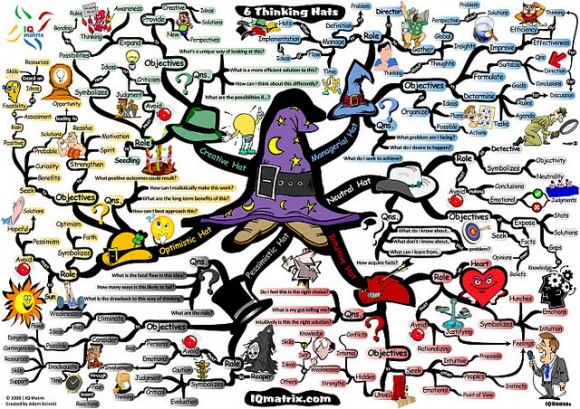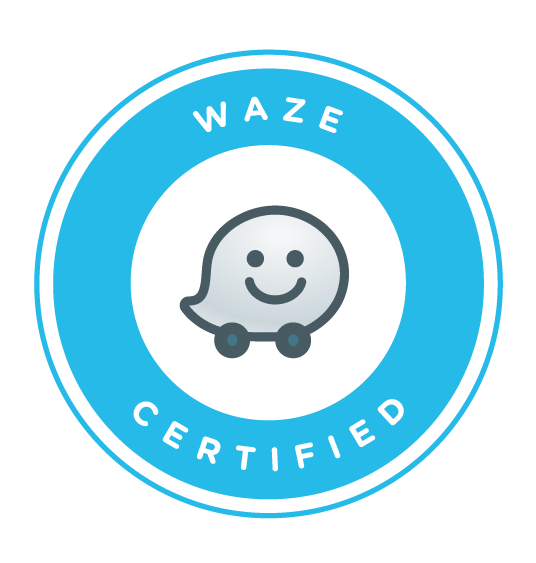It wasn’t that many years ago that whether your business needed a website or not was a conscious decision.
Nowadays there are very few examples of businesses that don’t need one. In fact small businesses are often in such a rush to get their website live that all the careful planning associated with starting a new business goes out of the window when it comes to the website.
The result?
A website that is poorly constructed, badly designed or often not fit for purpose. Either too much money was spent on it or not enough.
And once the website goes live little consideration given to marketing it.
In step 3 of your online marketing priority list it’s time to think carefully about your website.
The plan
Planning your website can be broken down into 3 key components:
- Content
- Platform
- Design
Design is last!
Many of you may be tempted to start with the design. This is because it provides something tangible, it gives you tidy compartments to put content into and inspires ideas for clever functionality.
Before you know it you are lost in a world of pretty pictures and impractical widgets!
Back to the plan
1. Content
By far the biggest complaint I hear from web development companies is that projects have been delayed due to clients not having their content ready. Many now insist on content being provided before any development work begins.
I must say I would agree.
You should have a clear idea about not only what you want to say, but also what you want your visitors to do when they get to your website.
Each page of your website should serve a specific purpose and not just become a dumping ground for text pulled from your printed brochure.
If you are using content from other material it is a good idea to have it re-written for use on the web by a professional copywriter. The way we read online differs significantly to the way we read a magazine or a leaflet. Having your content formatted correctly can greatly improve its effectiveness.
The writing isn’t the only thing that should be done professionally. The quality of your imagery will also reflect and impact on your websites performance. So photos taken with your phone are probably best not used online. Hire a professional photographer.
The content should aim to lead visitors on a journey that results in a clear call to action.
For some this may mean making a phone call, filling in an enquiry form, or for an e-commerce website, making a purchase.
Remember not to overlook those hidden pages like “thank you” pages and email notifications. These can present great opportunities to reinforce your messaging or even up-sell if used efficiently.
2. Platform
So you put aside a budget for your business cards, the printed leaflets and even the series of professionally produced ads going in the weekly rag. So now you think you’ll save some cash by getting your website made by your mates nephew just out of college!
If his name is Mark Zuckerberg then maybe I could forgive you, otherwise it’s highly likely this would be a mistake.
And just as you shouldn’t scrimp on your web project you shouldn’t be tempted to over spend on unnecessary technology either.
It is nearly always advisable to have a website that you can update yourself. Even if you are not going to do it yourself from day 1 the ability to do so can save you money in the long term.
This means you need to consider a “content management system” or CMS.
Some CMS platforms can be complex, whilst others can be simple; some are bespoke and some are “out of the box”. Even e-commerce solutions can fall into these categories.
For most small businesses the question I would always ask is:
Why not WordPress?
There are other platforms to choose from but WordPress comes in everything from free, WordPress.com, through to highly customised WordPress installations.
WordPress is cheap to host and you will find developers both worldwide and locally that can help you.
Some developers sneer at WordPress due to it’s origins and others will point at it’s bloated code. It is still hard to justify why you would use another, especially custom, solution over such a well supported low cost platform.
The caveat will always be functionality, and if you require some special application within your website then WordPress may not suit.
3. Design
Design is such a personal thing. The look of your website may be derived from existing branding or it may drive the branding for your new company. Either way the design of your website should assist in delivering your content in compelling way to your audience.
It should help highlight calls to action, demonstrate your professionalism and most of all be attractive to your target audience.
I can offer little advise on design other than use a professional designer who understands the web. That person may not be the same person as your developer.
Remember one uses code to place pixels, the other pushes pixels around until they make visual sense. Having one person that can do both well is rare!
Always try to seek the opinion of those outside the business and try not to let your personal preference dictate over a more experienced designer. At the end of the day your customers are going to be the ones using the website, so let their feedback guide you if you can.
Putting it together
Tackled in this order the development of your website should go smoothly.
Use professionals where you can, your website is shop window and will be the first impression many new customers get.
Make it a good one!
Do you have any more tips for planning a small business website?






